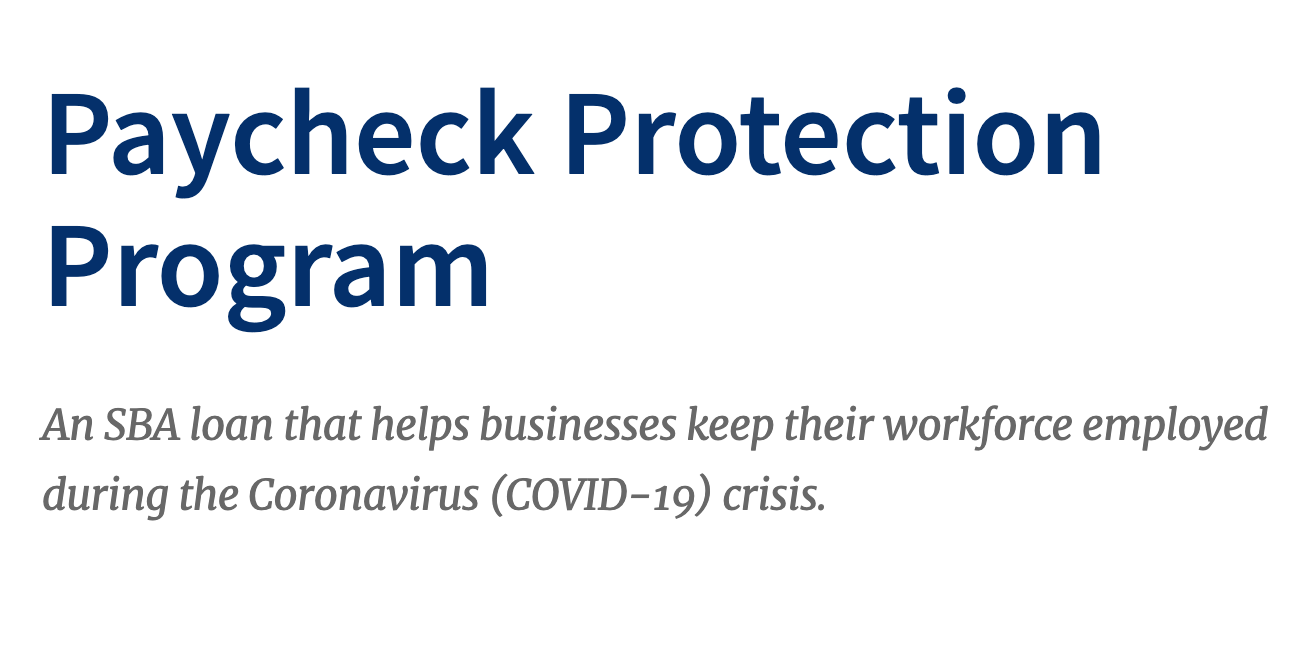
How to Apply for PPP Loan Forgiveness
December 8, 2020
In general, the steps for applying for loan forgiveness are as follows:
1. Contact your PPP Lender and Complete the Correct Form
Your Lender can provide you with either the SBA Form 3508, SBA Form 3508EZ, SBA Form 3508S, or a Lender equivalent.
The 3508EZ and the 3508S are shortened versions of the application for borrowers who meet specific requirements. Your Lender can provide further guidance on how to submit the application.
2. Compile your Documentation
Payroll (provide documentation for all payroll periods that overlapped with the Covered Period or the Alternative Payroll Covered Period):
- Bank account statements or third-party payroll service provider reports documenting the amount of cash compensation paid to employees.
- Tax forms (or equivalent third-party payroll service provider reports) for the periods that overlap with the Covered Period or the Alternative Payroll Covered Period:
- Payroll tax filings reported, or that will be reported, to the IRS (typically, Form 941); and
- State quarterly business and individual employee wage reporting and unemployment insurance tax filings reported, or that will be reported, to the relevant state.
- Payment receipts, cancelled checks, or account statements documenting the amount of any employer contributions to employee health insurance and retirement plans that the borrower included in the forgiveness amount.
- Business mortgage interest payments: Copy of lender amortization schedule and receipts verifying payments, or lender account statements.
- Business rent or lease payments: Copy of current lease agreement and receipts or cancelled checks verifying eligible payments.
- Business utility payments: Copies of invoices and receipts, cancelled checks or account statements.
Read more and download forms and instructions on the SBA Website.
